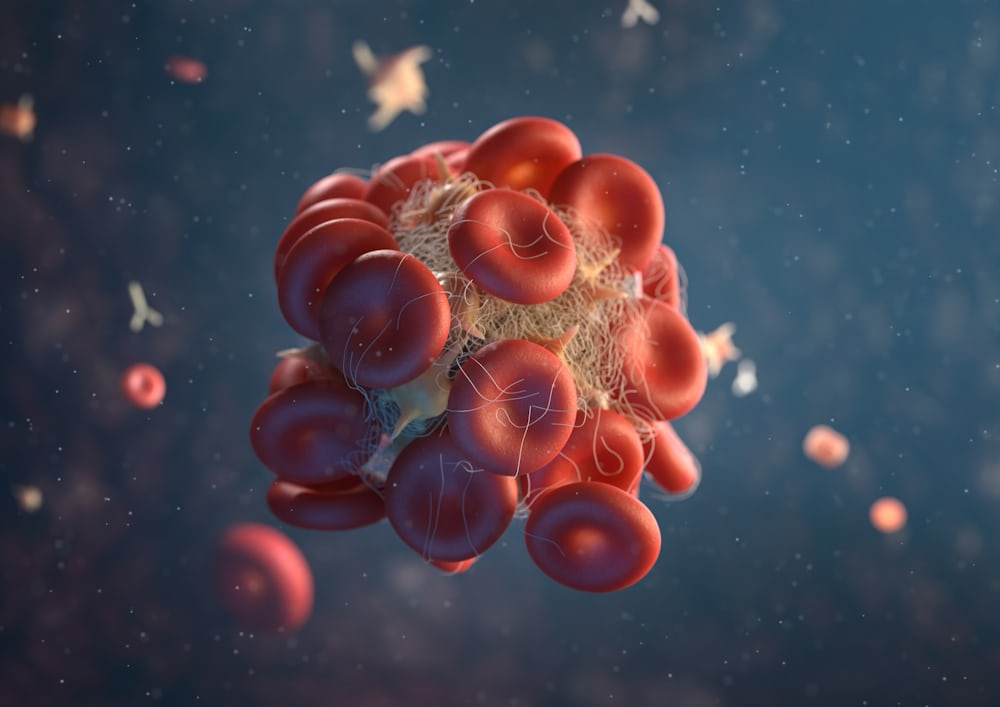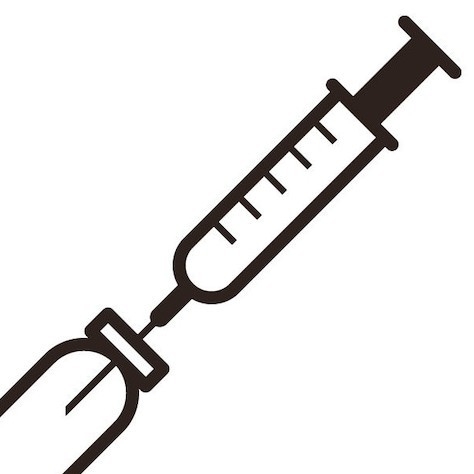A Guide to Acronyms in the World of Testosterone Replacement Therapy (TRT)
- Get link
- X
- Other Apps
Navigating the world of Testosterone Replacement Therapy (TRT) can be challenging, especially with the myriad of acronyms and jargon that professionals and patients use. To help you understand and communicate more effectively about TRT, here’s a guide to some of the most common acronyms and what they mean.
TRT: Testosterone Replacement Therapy
TRT is the cornerstone acronym, referring to the medical treatment designed to restore normal testosterone levels in men who have low testosterone due to aging or other conditions. It involves various methods of administration, including injections, gels, patches, and pellets.
T: Testosterone
T stands for testosterone, the primary male sex hormone responsible for the development of male reproductive tissues, muscle mass, bone density, and the maintenance of libido and energy levels. Monitoring testosterone levels is critical in TRT.
TT: Total Testosterone
TT measures the total amount of testosterone in the blood, including both free testosterone (unbound) and testosterone bound to proteins like SHBG (sex hormone-binding globulin). TT levels help diagnose low testosterone and monitor TRT effectiveness.
FT: Free Testosterone
FT refers to the fraction of testosterone that is not bound to proteins in the blood, making it available to tissues. FT levels are often more indicative of testosterone status than TT, as only free testosterone is biologically active.
SHBG: Sex Hormone-Binding Globulin
SHBG is a protein that binds to sex hormones, including testosterone. High SHBG levels can reduce the amount of free testosterone available, impacting the effectiveness of TRT. Measuring SHBG is important in assessing androgen status.
E2: Estradiol
E2 is a form of estrogen, a hormone that plays roles in bone health and other bodily functions. In men undergoing TRT, monitoring estradiol levels is essential because elevated estradiol can lead to side effects like gynecomastia (breast tissue development).
LH: Luteinizing Hormone
LH stimulates the production of testosterone in the testes. Low levels of LH can indicate hypogonadism (testosterone deficiency), while measuring LH helps differentiate between primary and secondary hypogonadism.
FSH: Follicle-Stimulating Hormone
FSH is involved in the regulation of the reproductive processes. In men, it is crucial for sperm production. Like LH, FSH levels help diagnose different types of hypogonadism and evaluate the impact of TRT on fertility.
HCG: Human Chorionic Gonadotropin
HCG mimics LH and can be used in conjunction with TRT to stimulate natural testosterone production and maintain fertility. It is particularly useful for men who wish to preserve or restore their fertility while on TRT.
AI: Aromatase Inhibitor
AI refers to a class of drugs that inhibit the conversion of testosterone to estradiol. AIs are sometimes used in TRT to manage elevated estradiol levels, thereby reducing the risk of estrogen-related side effects.
CBC: Complete Blood Count
CBC is a blood test that measures various components of the blood, including red blood cells, white blood cells, and platelets. Monitoring CBC is crucial during TRT because elevated red blood cell counts can increase the risk of blood clots.
PSA: Prostate-Specific Antigen
PSA is a protein produced by the prostate gland. Elevated PSA levels can be a sign of prostate issues, including cancer. Regular monitoring of PSA levels is recommended for men on TRT to detect any potential prostate problems early.
HCT: Hematocrit
HCT measures the proportion of red blood cells in the blood. TRT can increase hematocrit levels, which is why it is important to monitor HCT to prevent complications like polycythemia (excess red blood cells).
IM: Intramuscular
IM refers to a method of administering testosterone injections directly into a muscle. IM injections are a common form of TRT delivery, known for their effectiveness and relatively infrequent dosing schedule.
SC: Subcutaneous
SC refers to injecting testosterone just under the skin, as opposed to into a muscle. This method is becoming more popular due to its ease of administration and potentially fewer side effects.
BID: Twice a Day
BID is an abbreviation for “bis in die,” a Latin phrase meaning twice a day. In TRT, it might refer to the frequency of applying gels or taking other medications to maintain stable hormone levels.
QD: Once a Day
QD means “quaque die,” another Latin phrase meaning once a day. It is often used in dosing schedules for gels, patches, or oral medications in TRT protocols.
LOH: Late-Onset Hypogonadism
LOH refers to a condition characterized by the gradual decline in testosterone levels and associated symptoms in aging men. It is sometimes also called age-related testosterone deficiency and can significantly impact quality of life, making TRT a valuable treatment option.
ADAM: Androgen Deficiency in the Aging Male
ADAM is a syndrome characterized by the decline of androgens, particularly testosterone, in aging men. Symptoms of ADAM include reduced libido, fatigue, depression, and decreased muscle mass. Understanding ADAM is crucial for diagnosing and managing testosterone deficiency in older men.
Understanding these acronyms is essential for anyone involved in TRT, whether you're a patient, a healthcare provider, or just someone interested in learning more about hormone therapy. By familiarizing yourself with these terms, you can better navigate conversations, treatment plans, and the wealth of information available on testosterone replacement therapy.
- Get link
- X
- Other Apps




Comments
Post a Comment